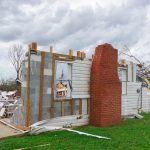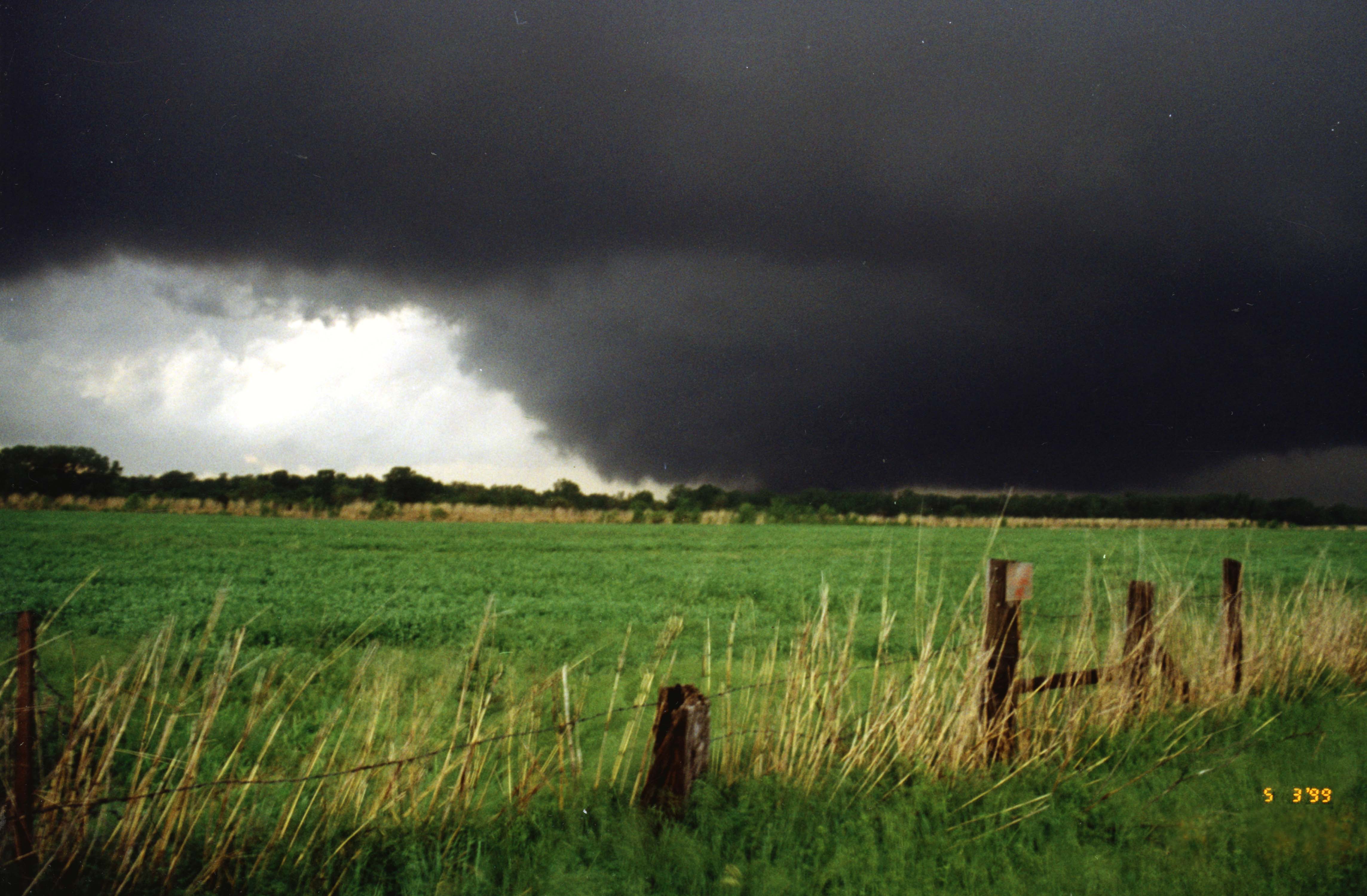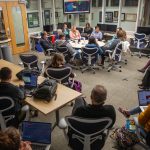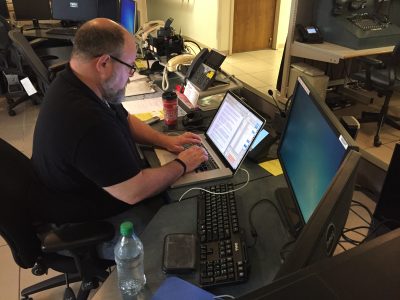
Increasing our knowledge of severe storms and improving the tools used to forecast them has been the singular mission of the NOAA National Severe Storms Laboratory since it was formed more than 50 years ago — until recently. Now NSSL researchers are expanding their focus to include people — how they receive, understand and interact with weather information.
A new report released this month by the National Academies of Sciences, Engineering and Medicine concludes that realizing the greatest return on investment from significant improvements in weather information will require a better understanding of how individuals, households and communities respond to weather forecasts, watches and warnings.
NSSL is already doing many of the recommendations mentioned in the report, said Kim Klockow, a research associate working at NSSL with the University of Oklahoma Cooperative Institute for Mesoscale Meteorological Studies. Dozens of researchers are integrating disciplines such as communication, psychology and education into the traditional meteorological research at NSSL.
“Meteorologists care about saving lives and property, and ultimately those goals depend on the actions people choose to take,” Klockow said. “Information is just one piece of the puzzle. Providing the public with information about possible dangers doesn’t stop the threats from having an impact, and it alone doesn’t motivate people to take action.
“In our research at NSSL, we have to account for the ways people understand what we’re saying, the things they’re able to do, and the things that motivate them.”
Klockow leads a new societal impacts group at NSSL created to ensure new technologies are useful and usable by the public, emergency managers and public broadcasters. Several recent projects are highlighted below.
Research in the Hazardous Weather Testbed
Each year, NSSL invites broadcast meteorologists, emergency managers and National Weather Service forecasters to the NOAA Hazardous Weather Testbed in Norman, Oklahoma, to test new technology developed at NSSL and within NOAA.
“Our research needs to engage those who will be using it,” Klockow said. “We have them test what our researchers have developed to see if they can use it, or will use it.”
Next year, the researchers plan to invite larger private sector companies to participate in testbed experiments. These forecasters may provide new insights, Klockow said.
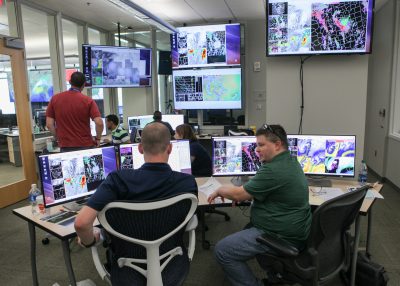
People’s responses to warnings
Recently, NSSL teamed up with OU’s Center for Risk and Crisis Management to analyze how the public receives and acts on weather warnings. This project, part of the broader Probability of What project, is to study the effectiveness of the current warning infrastructure. This information will help NSSL measure the impacts new technologies might have on the public.
“We are looking at providing more information between a watch and warning to fill the information gap and provide up to an hour of advanced notice for all kinds of severe weather,” Klockow said. “We need to know if it will be beneficial to people — if they will use that information — or if giving a slew of probabilities may be more difficult to understand.”
The POW research team is conducting nationwide surveys and small experiments to measure the public’s understanding of weather information.
Social science integral part of tornado study
How emergency managers and forecasters handle information during hazardous weather events is an important part of VORTEX-Southeast, a research program studying storms and tornadoes in the southeastern United States.
“VORTEX-SE is the first time social science has been integrated into a weather field campaign,” Klockow said. “When the physical science researchers deploy to the field, so do the social science researchers.”
Klockow said social scientists have embedded with local emergency managers and National Weather Service forecasters, studying how they receive information, process that information, and relay it to the public.
“We see if there are any information gaps, points of confusion, or breaks in the communication channels and how the process may be improved,” Klockow said.
Studying the latest technology
Part of informing the public about weather affecting them includes staying apprised of the latest and greatest technology. Klockow is researching the ATSC 3.0, a new television broadcast system offering more options, including advanced emergency alerts.
“It will fundamentally change the way TV works, so someone can point to the TV with their remote and get more detailed or local information during severe weather coverage,” Klockow said. “The viewer could pull up radar, probability plumes defined by NSSL research or timelines. This offers an amazing opportunity to get more information to the user. We have to make sure we are aware of this new technology and get it in sync with our research designs.”
Whether studying the structure of a thunderstorm, developing a new radar algorithm, improving a weather forecasting model, or analyzing the ways people receive weather information — every project at NSSL has at its heart the goal of minimizing the impacts of hazardous weather on society.
